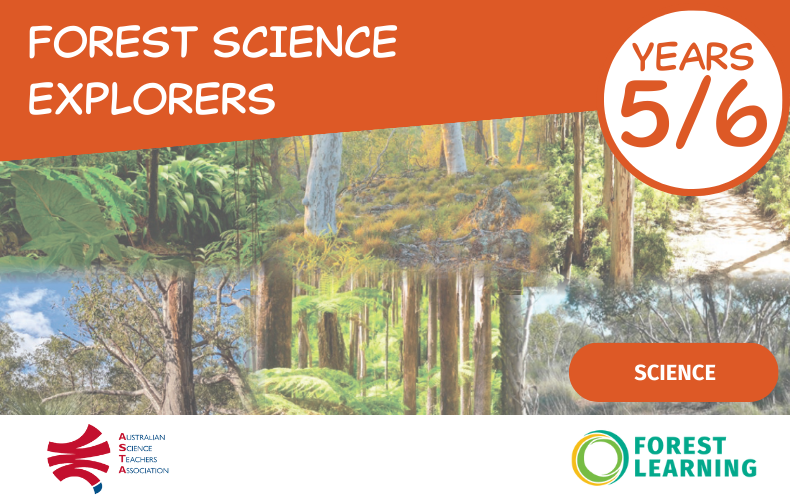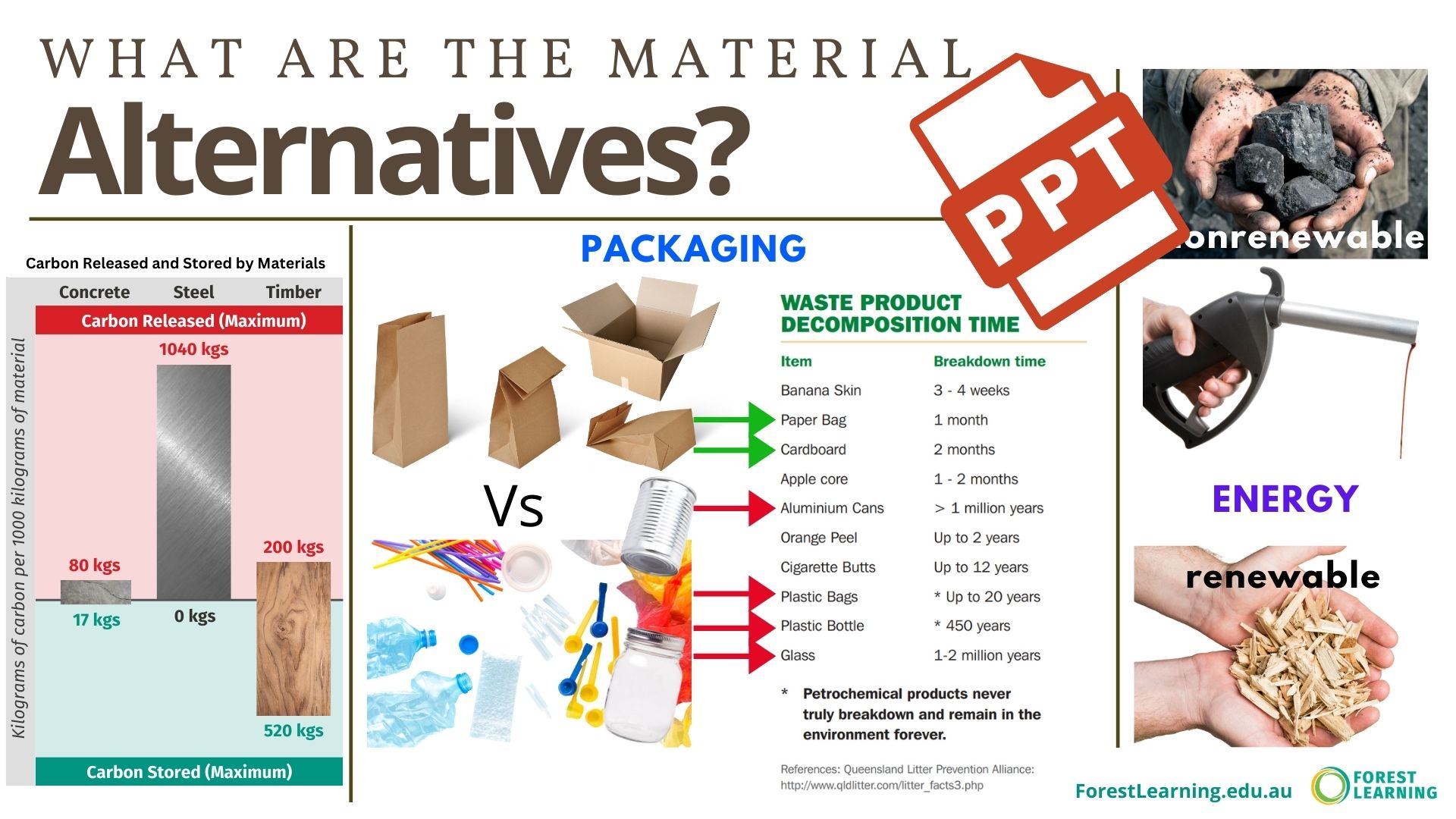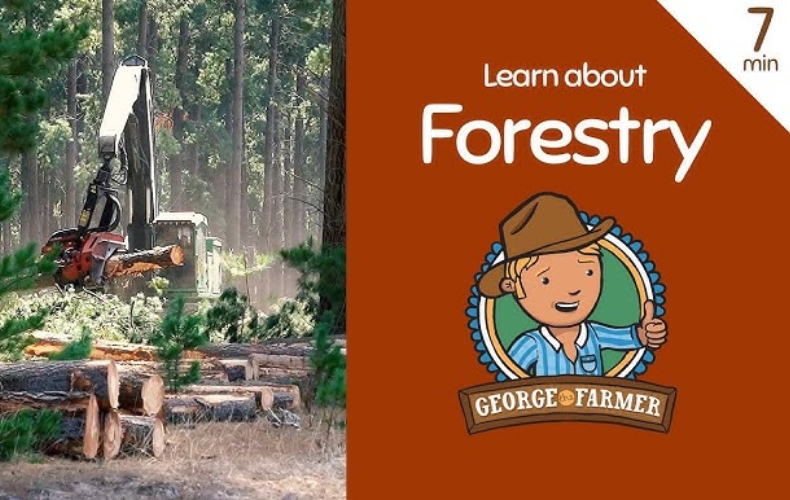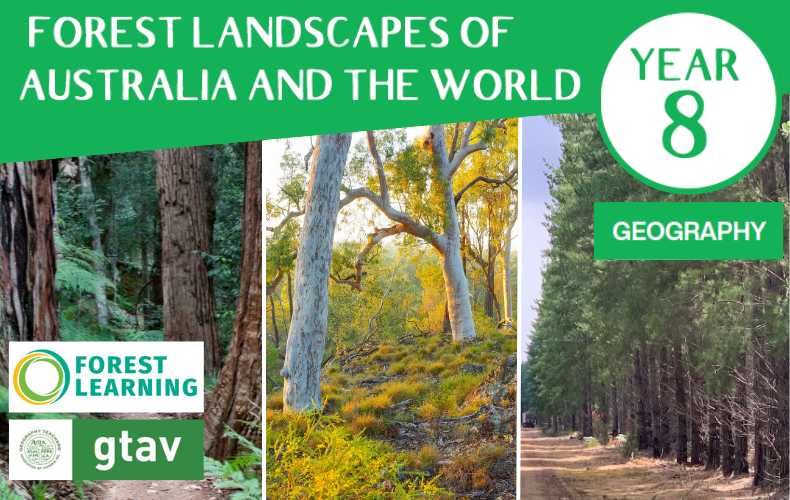REFERENCES
These references have been used to develop the content outlines for the ForestLearning website.
AFG. 2010. Australian Forest Growers Policy Statements: 4th Edition. http://www.afg.asn.au/AFG_Policy_Statements_4th_Edition.pdf
AFS. 2011a. Australian Forestry Standard Limited. https://www.forestrystandard.org.au/
AFS. 2011b. Forest Management and Forest Products Chain of Custody Certification – Recognition of all accredited forest certification schemes is good practice – AFSL Paper, Australian Forestry Standard Limited, https://www.forestrystandard.org.au/resources/standards
AFSL. 2007. Australian Standard: Chain of custody for certified wood and forest products, Australian Forestry Standard Limited, https://www.responsiblewood.org.au/standard-implementation/standards/australian
BRS. 2008. Australian Forest Profiles. Fact Sheet. Bureau of Rural Sciences (BRS), DAFF. https://www.agriculture.gov.au/abares/forestsaustralia/australias-forests/profiles
Cannon, R.J.C. 2007. The implications of predicted climate change for insect pests in the UK, with emphasis on non-indigenous species. In: H Fairweather & A Cowie (eds), Climate change research priorities for NSW primary industries, NSW Department of Primary Industries, Orange.
CSIRO, 2009. An analysis of greenhouse gas mitigation and carbon biosequestration opportunities from rural land use. Report, National Research Flagships, Sustainable Agriculture, Pp 172.
CSIRO. 2011. Flight path to Sustainable Aviation: Towards establishing a sustainable aviation fuels industry in Australia and New Zealand. Report for CSIRO National Research Flagships, May 2011. https://publications.csiro.au/rpr/
DAWR. 2015. Australia’s Forests at a Glance. Report for Agriculture and Water Resources https://www.agriculture.gov.au/abares/forestsaustralia/publications/australias-forests-at-a-glance
DAWR. 2010. Forest certification in Australia, Department of Agriculture and Water Resources https://www.agriculture.gov.au/forestry/australias-forests/certification
DAWR. 2013. Australian State of the Forests Report: Five yearly report 2013. https://www.agriculture.gov.au/abares/forestsaustralia/sofr/sofr-2013
DECCEE. 2010. Australia’s emission projections. Department of Climate Change and Energy Efficiency, Australian Government, Pp 34.
DCCEE. 2010a. Who the Kyoto Protocol Impacts, Department of Climate Change and Energy Efficiency, https://www.climatechange.gov.au/government/initiatives/kyoto/kyoto-ratified.aspx
DCCEE .2010b. Kyoto Protocol, Department of Climate Change and Energy Efficiency, https://www.climatechange.gov.au/government/initiatives/kyoto.aspx
DCCEE. 2010c. More about the Kyoto Protocol, Department of Climate Change and Energy Efficiency, https://www.climatechange.gov.au/en/government/initiatives/kyoto/kyoto-protocol-detail.aspx
DPI. June 2012. Harvested forests provide the greatest ongoing greenhouse gas benefits, Department of Primary Industries New South Wales, https://www.dpi.nsw.gov.au/forestry/science/forest-resources/publications
DSE. Victorian Government Department of Sustainability and Environment (DSE). https://www.forestsandreserves.vic.gov.au/
Fairweather, H. and Cowie, A. 2007. Climate change research priorities for NSW primary industries. NSW Department of Primary Industries, Orange.
FAO. 2010a. Key findings: Global Forest Resources Assessment 2010, Food And Agriculture Organization of the United Nations, https://foris.fao.org/static/data/fra2010/KeyFindings-en.pdf pp. 3, 9
FAO. 2010b. Moving forward: Selected achievements of the FAO Forestry Programme 2008-2009. Food and Agriculture Organization of the United Nations. https://www.fao.org/docrep/013/i1775e/i1775e.pdf
FEF. 2008. Historical posters, Project Forest: A Teaching and Learning Resource, Forest Education Foundation.
Fire and Rescue NSW. NSW Fire Brigade, Climate change creating major challenges for fire services, https://www.climatechange.environment.nsw.gov.au/nsw
FSC. 2010. Become FSC Certified. Forest Stewardship Council Australia. https://www.fscaustralia.org/get-involved/become-fsc-certified
FSC. 2011. Global FSC certificates: type and distribution, Forest Stewardship Council Australia, pp. 2, 4. https://au.fsc.org/en-au/buy-fsc-certified/fsc-certificate-database
Halkett, 2008. Trees that call Australia Home. Potts Point Publishing.
IFA. Institute of Foresters of Australia website. https://www.forestry.org.au/
Leys, A.J. 2011. Carbon forestry in the New Zealand social landscape: Post introduction of an Emissions Trading Scheme (ETS). Report for the J.W. Gottstein Memorial Trust, Australia. https://gottsteintrust.org/projects-reports
MPWC. 2005. Who is involved? Montreal Process Working Group. https://enb.iisd.org/forestry/mont.html
PEFC. 2011. PEFC Council Information Register. Programme for the Endorsement of Forest Certification. https://register.pefc.cz/statistics.asp#
PIRSA. 2008. Forestry matters! A Forest Education Resource, Department of Primary Industries and Resources South Australia. https://pir.sa.gov.au/forestry
Robinson, M. and Kile, G. 2007. Forests, wood and Australia’s carbon balance. Report for Forest and Wood Products Research and Development Corporation and CRC for Greenhouse Accounting.
Underwood, R. and Bradshaw, J. (Eds) 2000. Conservation and use of Western Australian Forests – The perspective of WA foresters. Published by IFA.
UNFCCC. 2011a. Kyoto Protocol, United Nations Framework Convention on Climate Change. https://unfccc.int/kyoto_protocol/items/2830.php
UNFCCC. 2011b. Parties to the Kyoto Protocol, United Nations Framework Convention on Climate Change. https://unfccc.int/kyoto_protocol
VAFI. Victorian Association of Forest Industries website. https://www.vapi.com.au/about/
Ximenes, F.A., Gardner, W.D. and Kathuria, A. 2008. Proportion of above-ground biomass in commercial logs and residues following the harvest of five commercial forest species in Australia. Forest Ecology and Management, Vol. 256, pp 335–346.









